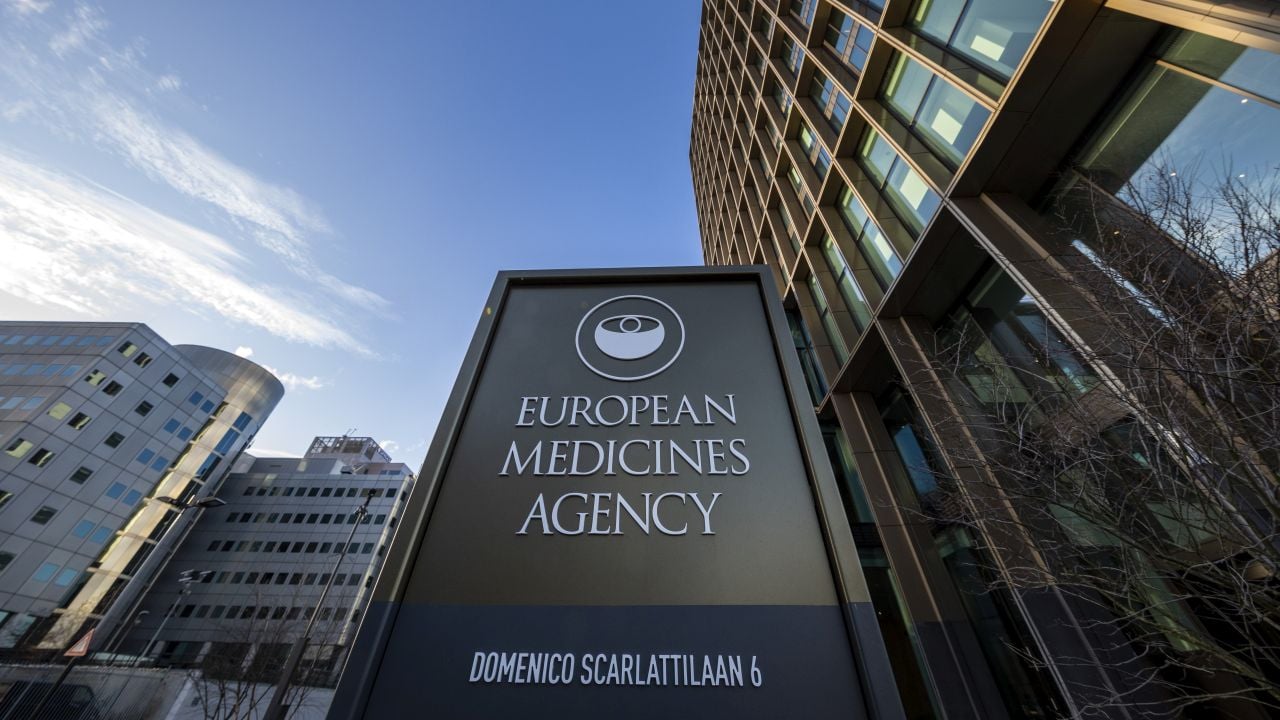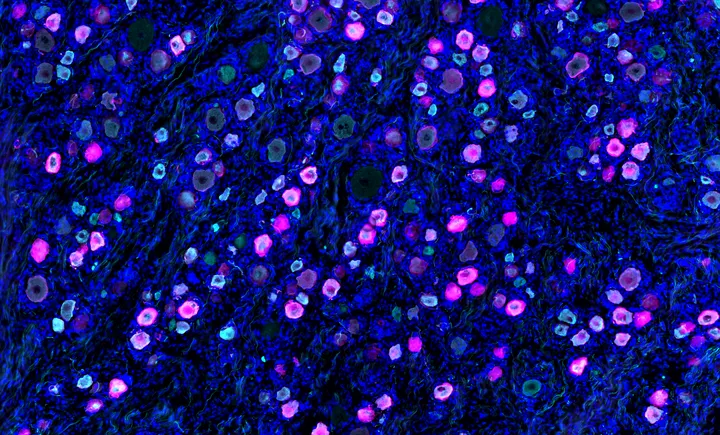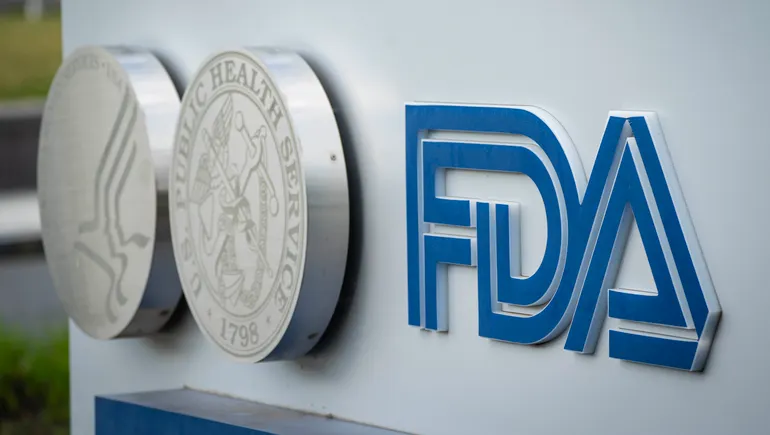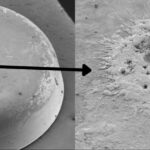STAT+: In its flagship journal, the CDC keeps publishing papers after firing scientists who made the research possible
In its flagship journal, the CDC keeps publishing papers after firing scientists who made the research possible.

Before it became a national scandal, the lead-poisoning-from-applesauce case was just two little kids with concerning blood test results in Hickory, N.C. A state inspector drove out with local health officials in June 2023 to try to find the source. He powered up his X-ray fluorescence analyzer — like a cross between a laser gun and a power tool — which emitted a beam that dislodges electrons, coaxing out chemical fingerprints, and pointed it at surface after surface. Doors, door jambs, walls, couches, windowsills, blinds, toys, siding strips, 150 or 200 shots in all.
There was a bit of lead paint, but hardly enough to explain blood lead levels of over 10 micrograms per deciliter. There was a lead-containing figurine, brought back as a souvenir from abroad, but it was high on a shelf, beyond the 1- and 3-year-old’s reach. When he got his other samples back from the lab — water from the tap, sand from the play pit, a dust wipe from the father’s shoes — those were negative, too. “In the meantime,” said Alan Honeycutt, a regional environmental health specialist at the North Carolina Department of Health and Human Services, “both children’s blood lead had gone higher.”
To him, that pointed toward something in their diets — and it was his colleague at the local level who suggested the parents keep a food log. Within 72 hours, the mother called to say there was something she’d forgotten to mention: the applesauce packets her kids ate every day.
So began an investigation that would reveal 566 lead-poisoned children across 44 states, Puerto Rico, and Washington, D.C., and would eventually get the adulterated applesauce off shelves. But in late April, when the U.S. Centers for Disease Control and Prevention published a paper on how that nationwide sleuthing went down, its fine print left a key detail out. At least six of the authors who’d worked at the CDC had been laid off earlier that month, when their entire division was slashed by the Trump administration’s cuts. In a way, the paper was a record of what had been lost, of what might not happen if a food product were poisoning kids right now.





























































































![[Video] The Weekly Break Out Ep. 19: Army aviation’s shakeup and the F-35’s future](https://breakingdefense.com/wp-content/uploads/sites/3/2025/05/EP-19-THUMB-play-button.jpg?#)

























































